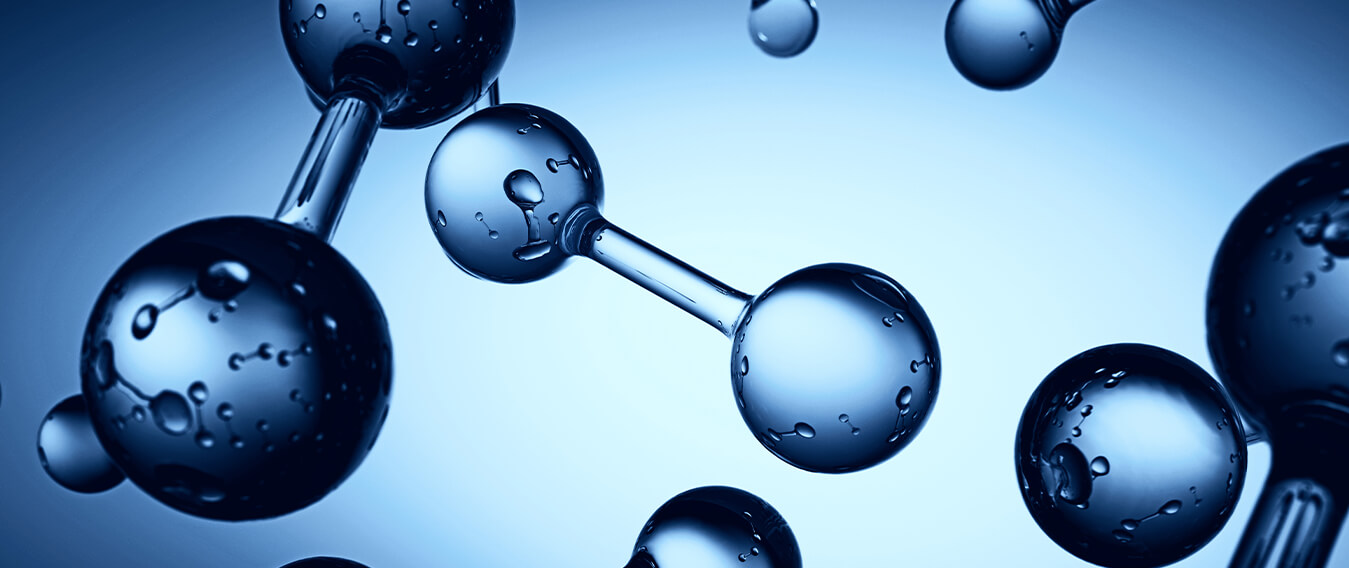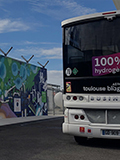Renewable hydrogen is a type of hydrogen produced by water electrolysis and using renewable electricity sources, such as wind or solar, and which does not generate greenhouse gas emissions.
ENGIE is present across the whole hydrogen value chain, from the production of renewable energies to end uses. We are developing solutions in France, Europe, and several select geographical regions, based on three objectives:
- Energy storage and release when renewable sources are inactive
- Development of sustainable mobility
- Decarbonisation of industrial uses
The Group’s ambition is to develop low-carbon hydrogen projects that contribute to growth in the sector. This ambition is consistent with the European targets to develop the renewable hydrogen sector, with the aim to deliver 20 million tonnes of hydrogen, whether produced or imported, in 2030 (REPowerEU).
Our ambitions for 2030
- 700 km of H2 transport networks
- 1 TWh of H2 storage
- 50 H2 facilities
- 4 GW of production capacities (2035 target)


